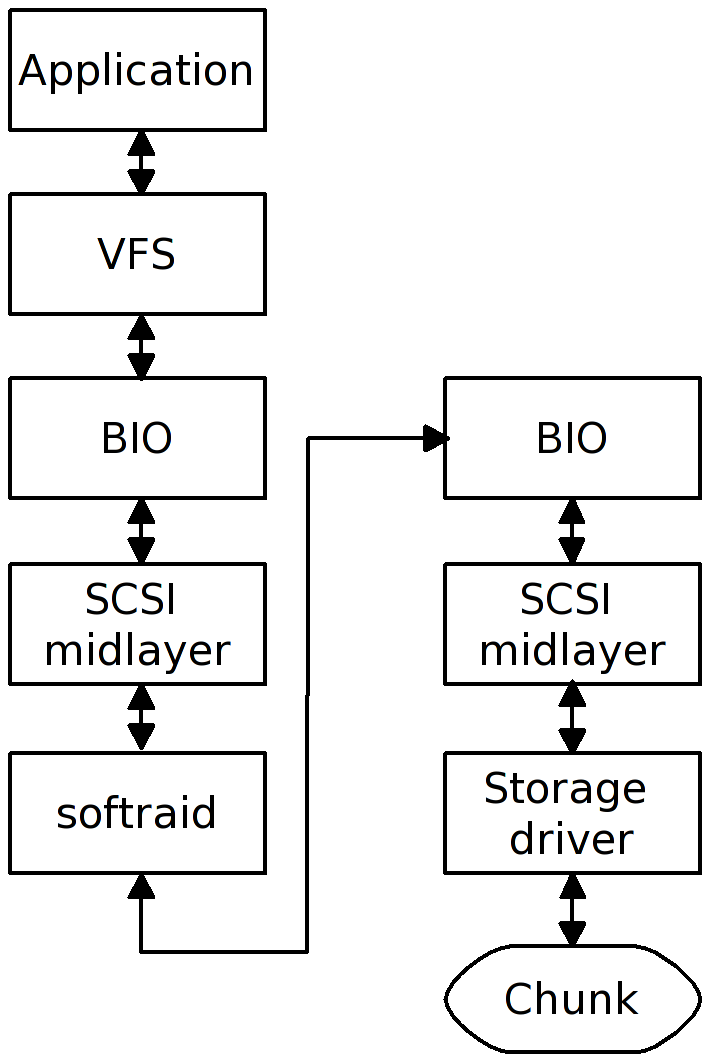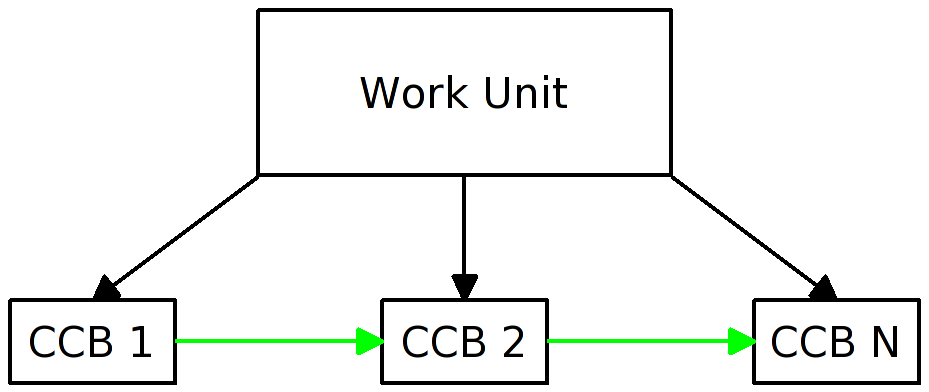Marco Peereboom
softraid

OpenBSD's virtual HBA, with benefits
softraid

OpenBSD's virtual HBA, with benefits
ami0 at pci1 dev 8 function 0 "Symbios Logic MegaRAID" rev 0x01: apic 9 int 8 (irq 10) ami0: Dell PERC4/DC, 64b/lhc, FW 351X, BIOS v1.10, 128MB RAM ami0: 2 channels, 0 FC loops, 1 logical drives scsibus2 at ami0: 40 targets sd0 at scsibus2 targ 0 lun 0: <AMI, Host drive #00, > SCSI2 0/direct fixed sd0: 346850MB, 512 bytes/sec, 710348800 sec total scsibus3 at ami0: 16 targets scsibus4 at ami0: 16 targets safte0 at scsibus4 targ 6 lun 0: <SUPER, GEM318, 0> SCSI2 3/processor fixed
softraid0 at root scsibus3 at softraid0: 1 targets sd2 at scsibus3 targ 0 lun 0: <OPENBSD, SR CRYPTO, 003> SCSI2 0/direct fixed sd2: 3773MB, 512 bytes/sec, 7727123 sec total


